Kuda Seahorse, Captive-Bred
$89.99
-
Select Variant
Captive-Bred Kuda Seahorse is a moderately-sized seahorse. It is often referred to as the Spotted Seahorse. This species's color ranges between black and yellow. Certain individuals might have spots or darker bands or bars on their bodies.
They thrive when they are kept in a mated pair or small groups in an aquarium that is exclusively for species. A 30-gallon tank is enough for one pair. Increase the 10 gallons size of the aquarium to accommodate each pair. Spray bars can be used to allow for gentle flow and eliminate stagnant areas within the aquarium. Seahorses aren't very strong swimmers preferring to make use of their prehensile tails to connect to branches of live rock algae, artificial decorations. Seahorses are less likely to contract Vibrio bacteria infections if the temperature isn't permitted to rise above 74 degrees F. This is especially important in the case of aquariums that contain other Syngnathid species. It is also essential to eliminate waste and uncooked food every day. The levels of calcium and alkalinity must be checked and maintained in order to keep their bony plates well-maintained.
They can be kept with tiny, timid fish like tiny gobies, pipefish dragonets, and firefish. However, territorial, aggressive, or fast-moving fish do not make great partners. Seahorses could be injured by anemones, corals with tentacles that sting or can be large enough to eat them, like brain corals. Although ocean fans Acropora corals and various branching corals are suitable for seahorses, they may be damaged when a Seahorse continuously tacks them. Crabs and clams could irritate an animal, which can cause a wound that can lead to secondary infections. Small ornamental crustaceans could be eaten by seahorses.
Beware of fish that compete with the seahorse to eat. Seahorses that are captive-bred are used to eating frozen Mysis shrimp, which makes an excellent alternative to wild-caught species. They also feed on amphipods as well as other crustaceans in live rock. They will also take adult brine shrimp with vitamin enrichment but it shouldn't be the mainstay portion of their food. They are slow and deliberate feeders and will prefer two or three small meals a day.
Seahorses are most likely the most famous fish on the planet because of their unique appearance and behavior. They are extremely social, curious fish that are enjoyable to observe as you watch them interact with your environment including each other and even with their owners.
Approximate Size of Purchase: Small: 1-1/2" to 2"; Medium: 2" to 3"; Large: 3" to 4"
- Description
- Additional Information
- Reviews
General information on Kuda Seahorse
They thrive in an mated pair or small groups in an aquarium that is exclusively for species. An aquarium of medium size can accommodate one pair. Spray bars can be used to allow for gentle flow as well as eliminate stagnant areas from the aquarium. Seahorses aren't very strong swimmers preferring to make use of their prehensile tails to attach to live rock branches or algae or even artificial decorations. Seahorses are less likely contract Vibrio bacteria-related infections when they are not subjected to temperatures that are permitted to rise above 74 degrees F. This is especially important when the aquarium is home to different species of Syngnathids. It is also important to eliminate waste and uncooked food items daily. The levels of calcium and alkalinity must be checked and maintained in order in order to keep their bony plates well-maintained.
size
Large, Medium, Small
Units
1
Weight
6 lbs
Dimensions
1 × 1 × 1 in
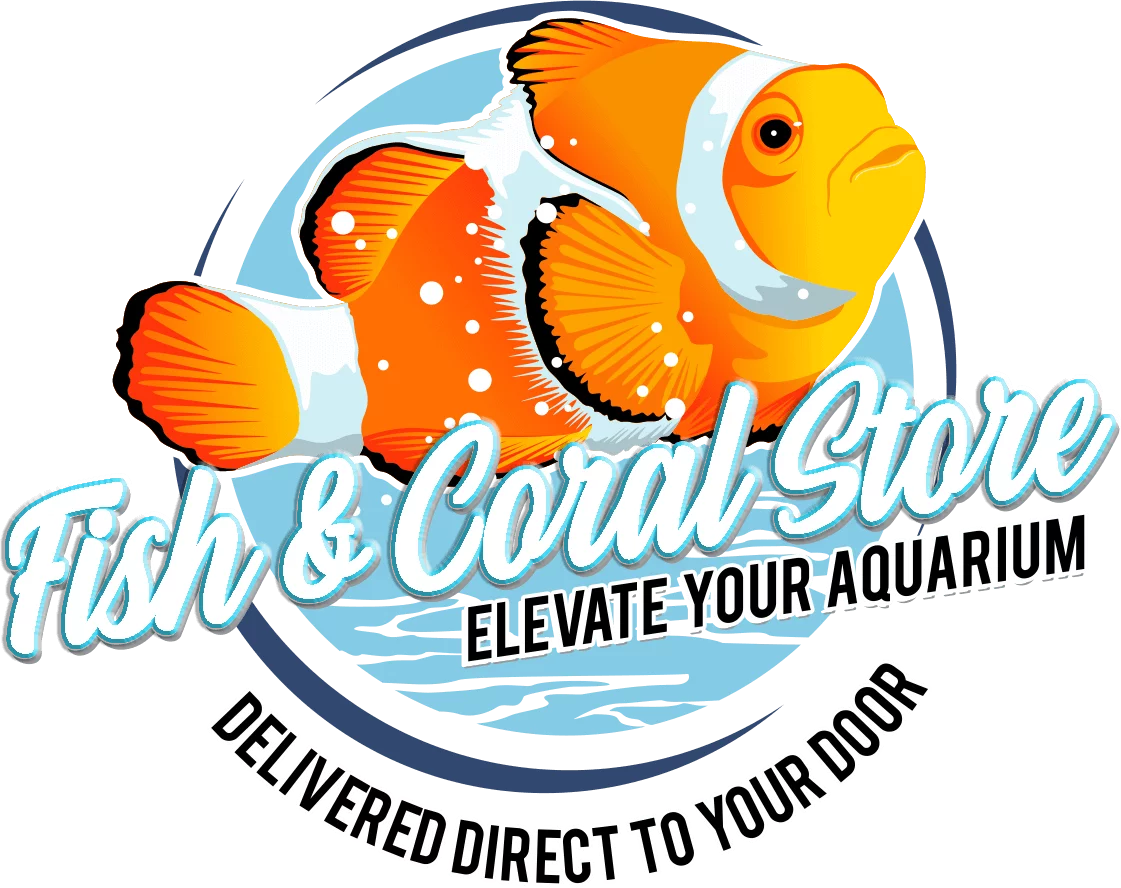
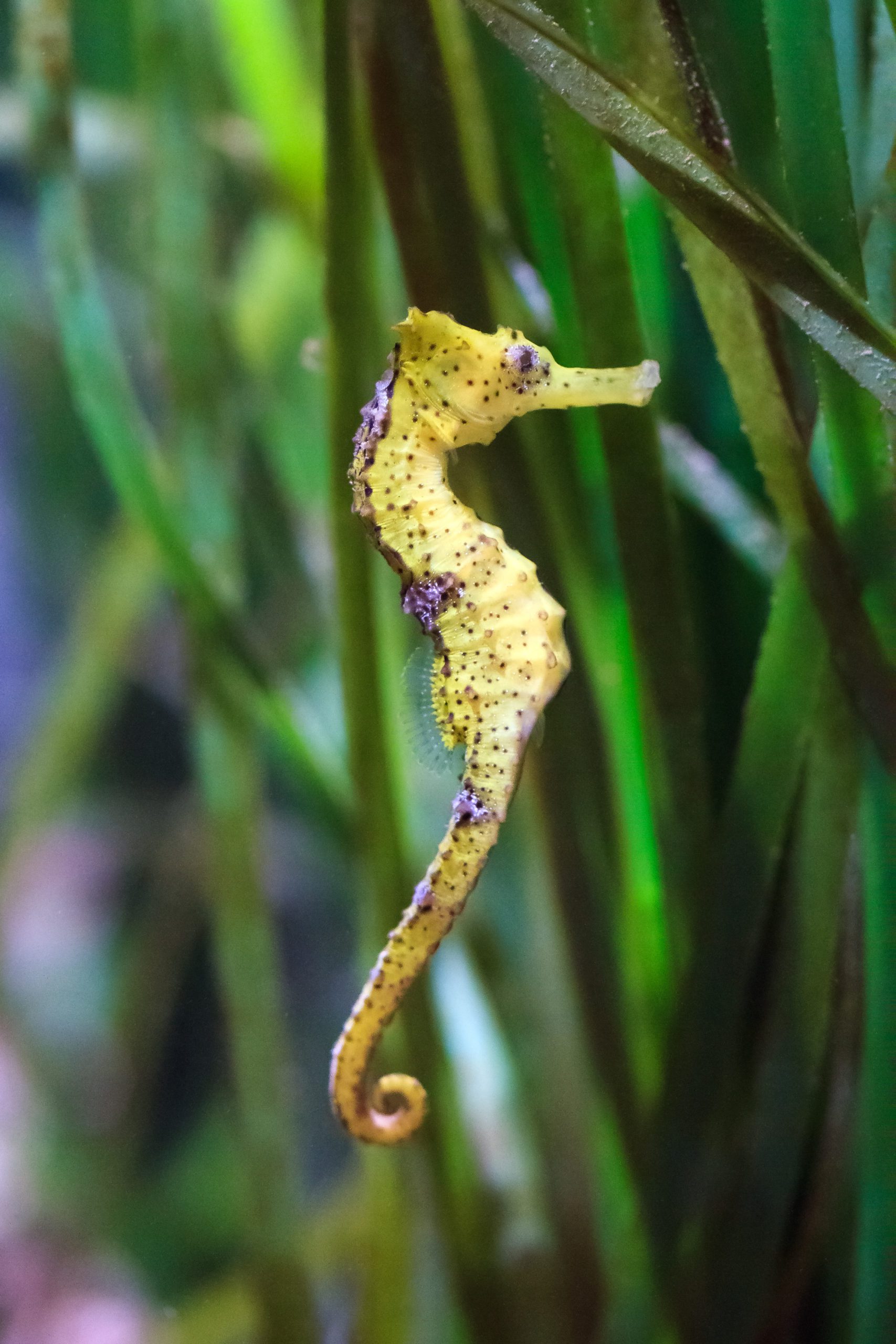
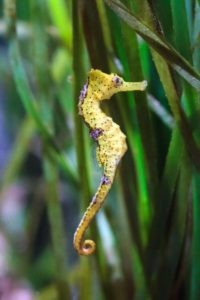
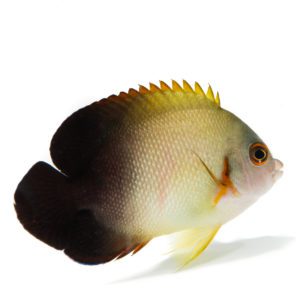
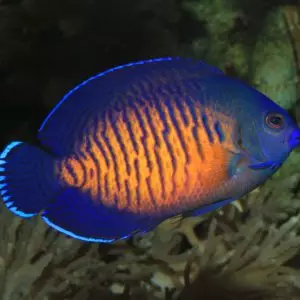
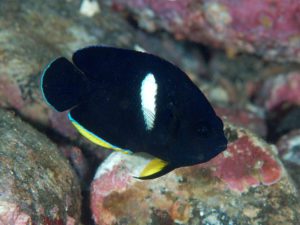
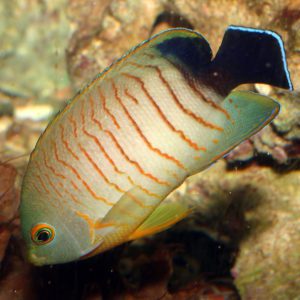
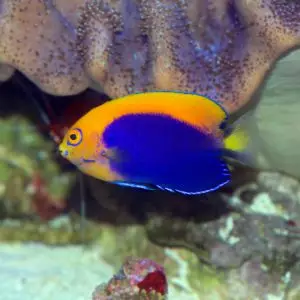
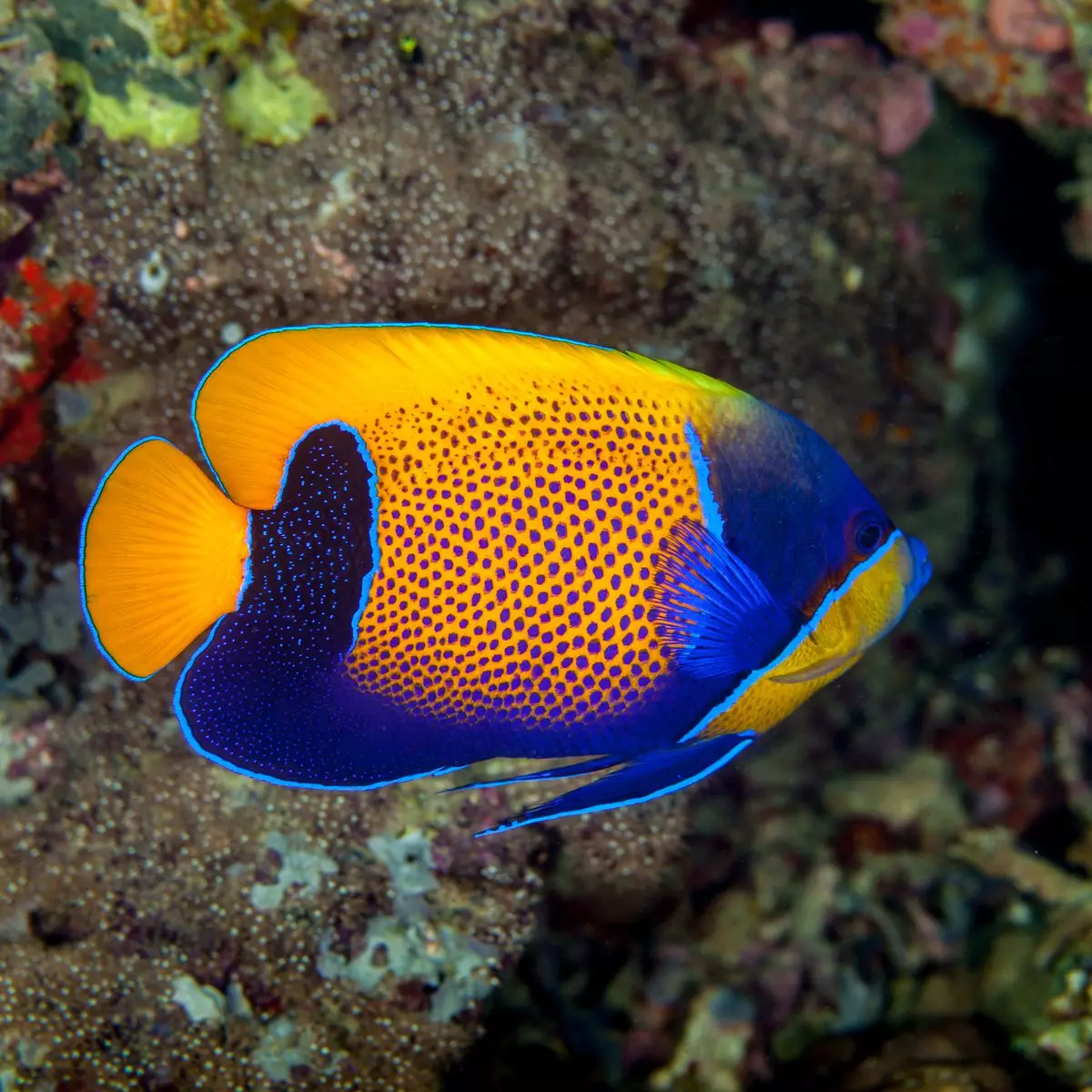
Reviews
There are no reviews yet.